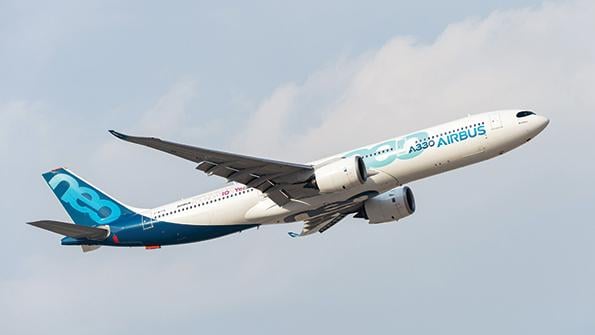
Ask the Editors: The Aviation Week Network invites our readers to submit questions to our editors and analysts. We’ll answer them, and if we can’t we’ll reach out to our wide network of experts for advice.
With a weak orderbook and limited new sales prospects, does the A330neo widebody have a future? Or will Airbus focus on the A350?
Aviation Week’s Executive Editor for Commercial Aviation Jens Flottau responds:
The Airbus A330neo was not very popular, even before the COVID-19 crisis hit. There are several reasons, one of them being that the in-service A330 fleet is still relatively young and its replacement cycle is only just beginning. If one discounts large A330neo orders placed by AirAsia X (78 aircraft) and Iran Air (28) that are unlikely to be delivered, the firm backlog declines to 179 firm orders.
Nonetheless, Airbus says it is committed to the A330neo. The original A330 program has fully depreciated and the investment into the aircraft is somewhat limited, which means the company can tolerate lower production rates—at least for some time. It can also aggressively price the aircraft: If Airbus killed off the A330neo, Boeing’s 787 would have no direct competitor, enabling Airbus’ rival to raise its prices. However, the A330neo could face competition from within, as many airlines may be tempted to use the smaller A321XLR on secondary long-haul routes to minimize risk and trip costs.
Airbus’ A350 addresses a different market segment. It is larger, has more range and is much more capable—but also a lot more expensive. The A350 program has its own challenges, in particular the A350-1000 which may be too large for today’s depressed market conditions.





